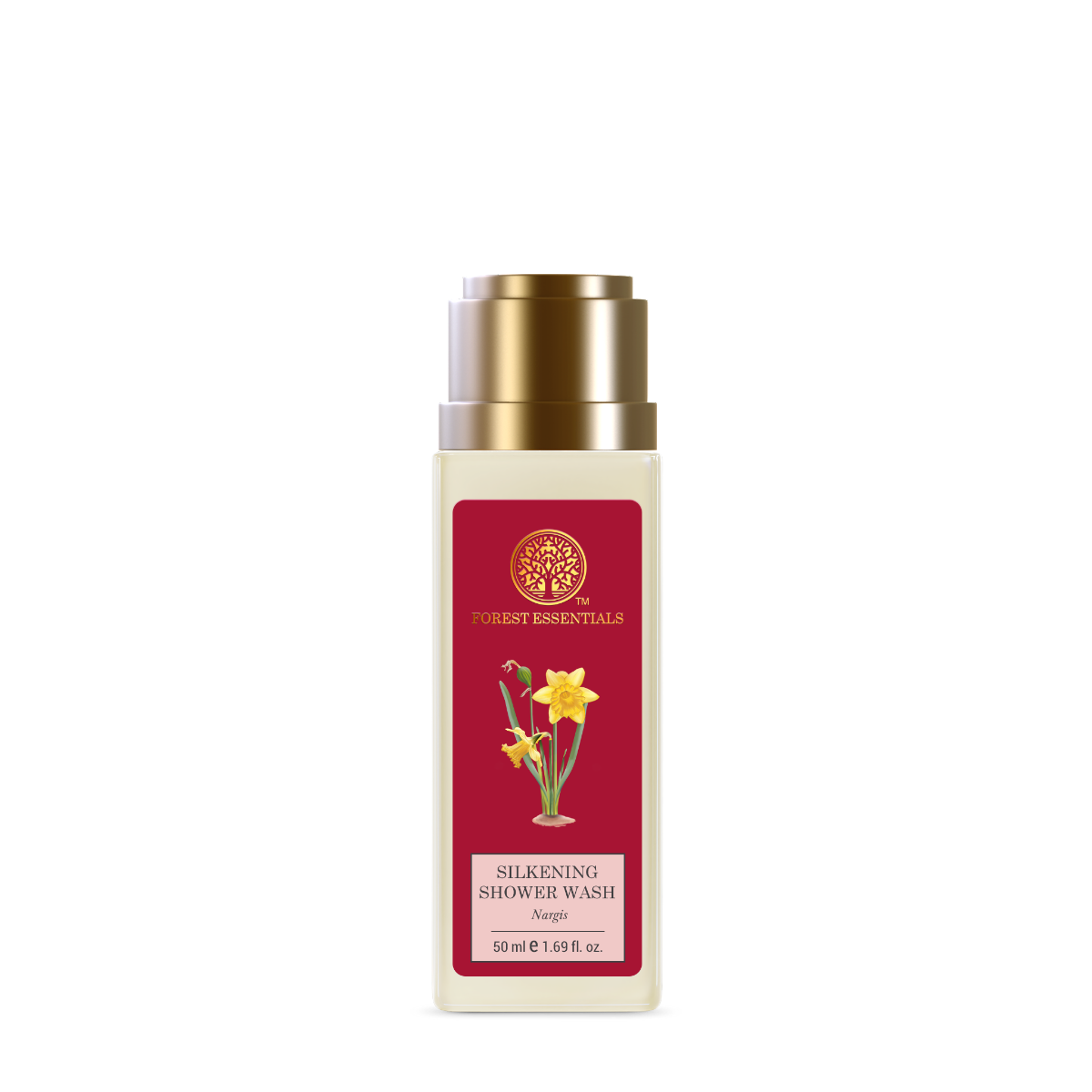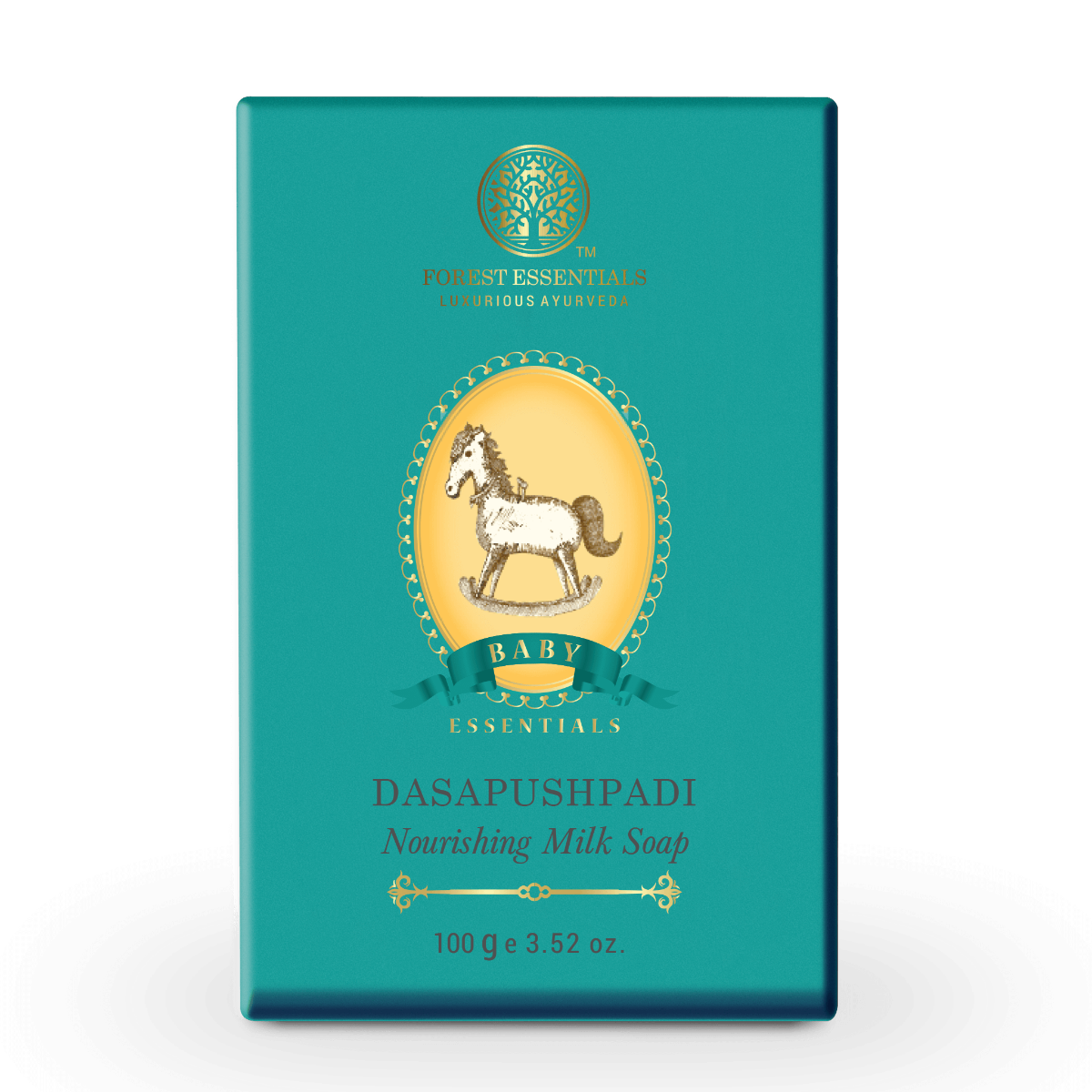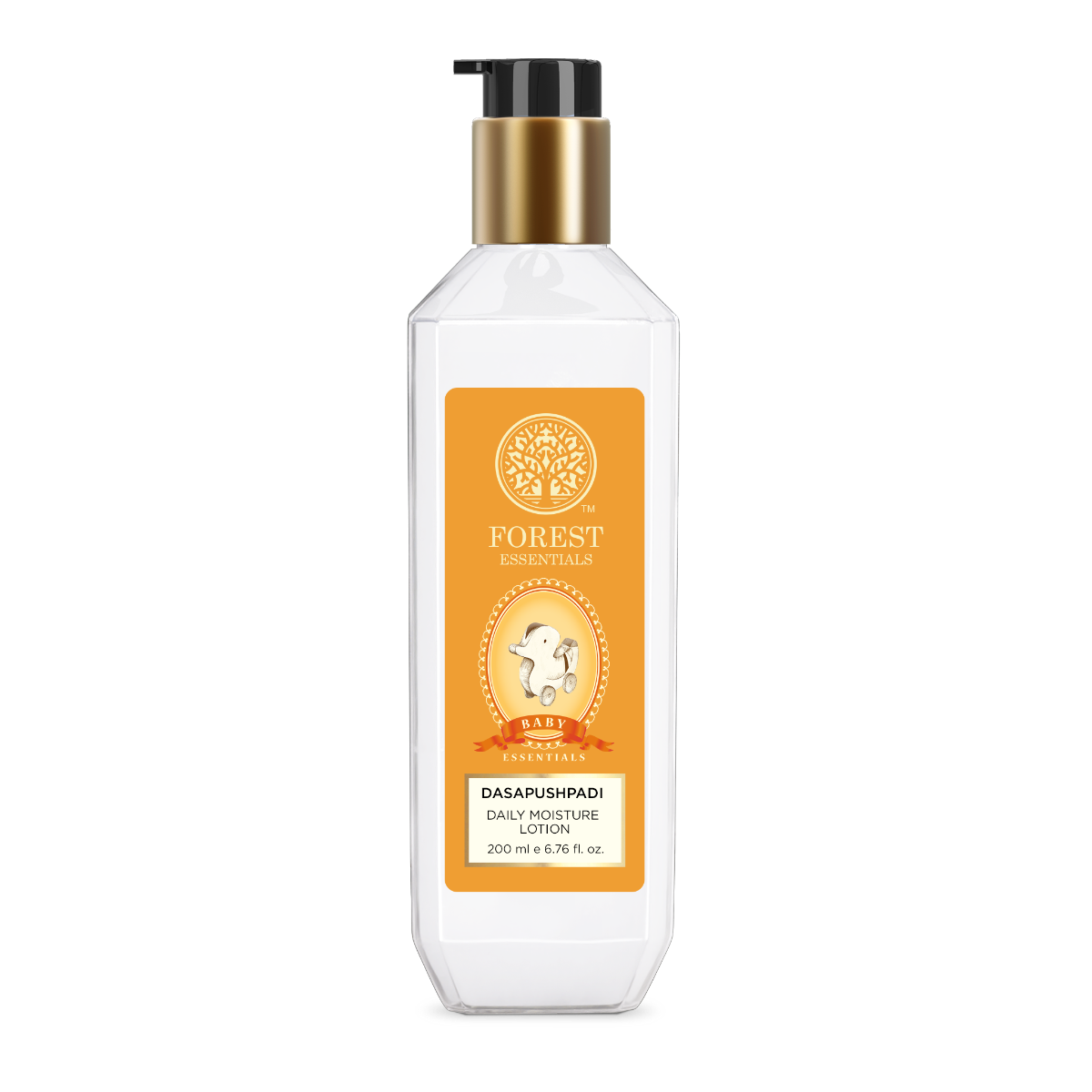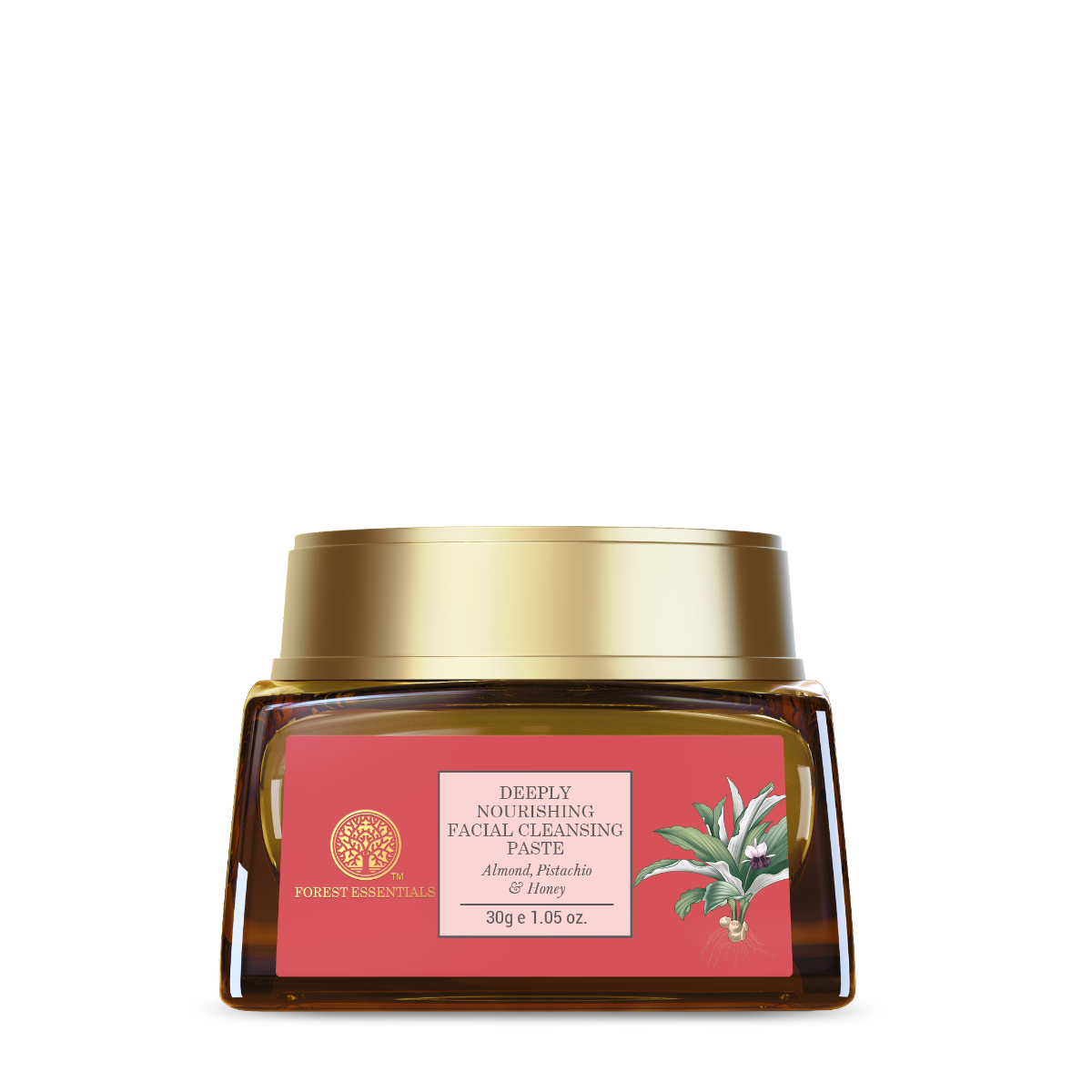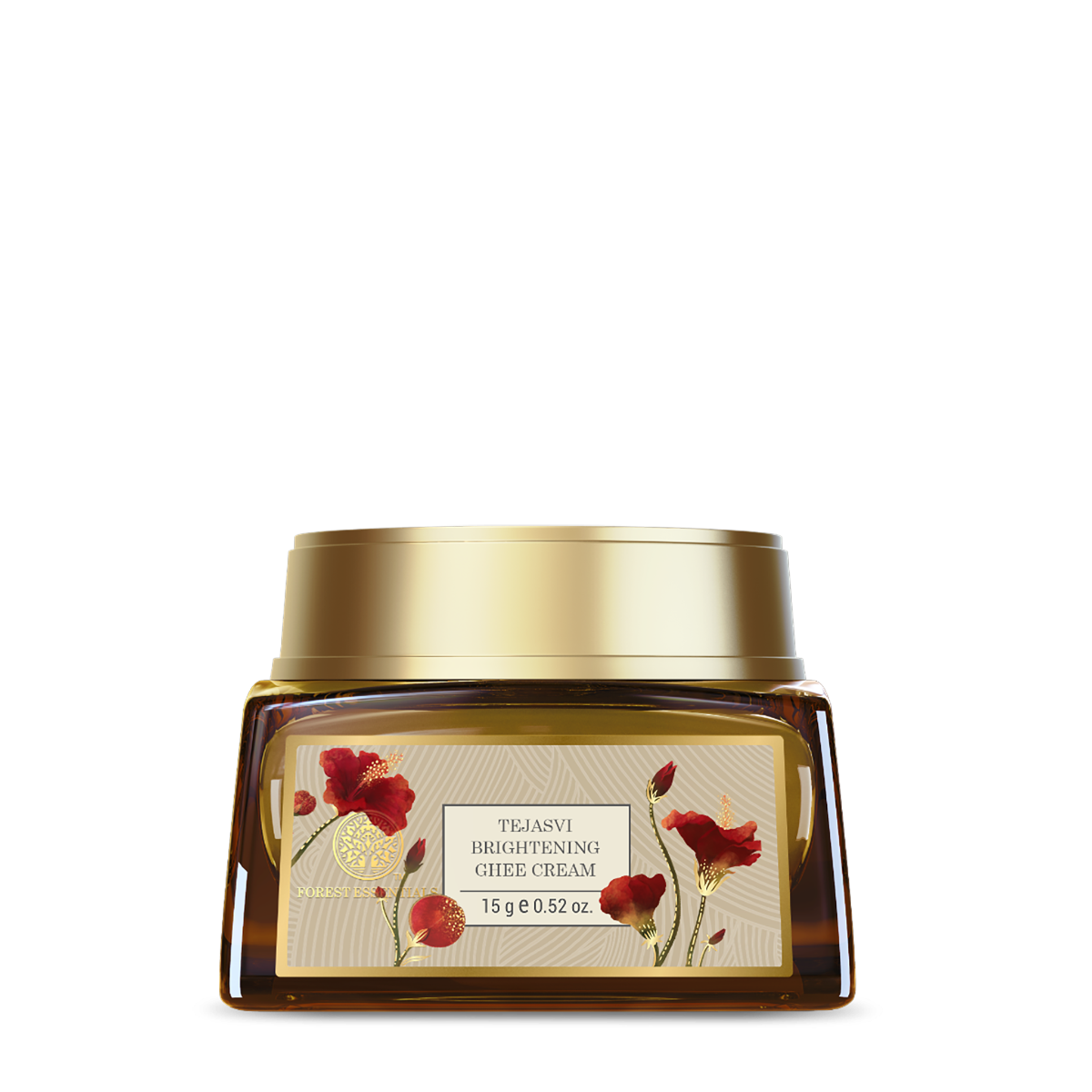The Devadasi culture was found in Southern India many centuries ago. ‘Dev’ translates to ‘God’ and ‘Dasi’ means ‘servant’ in the Hindi language. Hence, the term ‘Devadasi’ translates into ‘servants of God’. They were courtesans who performed in palaces and outdoors, during festivals, essential rituals or coronations, other ceremonies, and at the time of worship in temples.
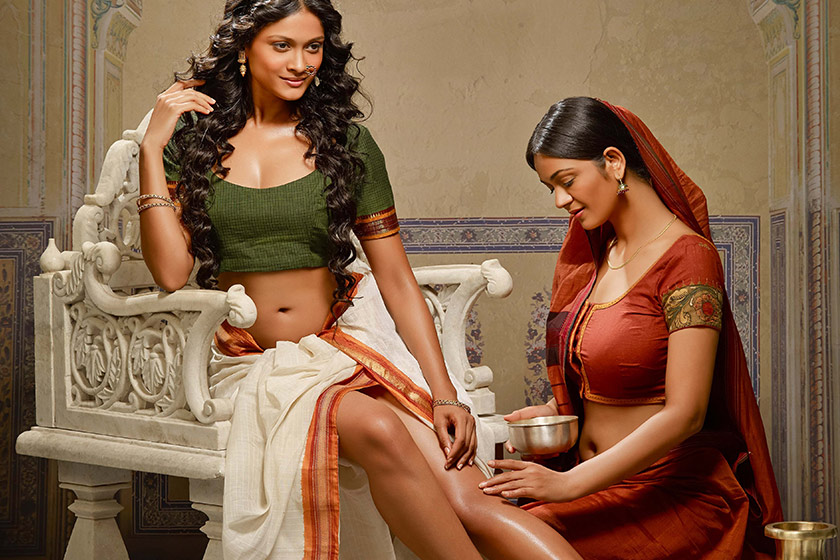
History of the Devadasi System in India
Devadasi Culture in South India
In India, the beginning of Devadasi can be traced to inscriptions found in temples in South India, notably in Tamil Nadu. The word “Emperumandiyar” in the Vaishnavaite or Vishnu temple dating back to A.D 966, refers to the dancing girls and are of great importance to history and mythology. According to the dated Indian caste system, these talented women belonged to a lower section in the caste hierarchy.
The Devadasi women, were sophisticated, knowledgeable and respected in the community, as they represented culture and the arts, while being ‘ married to the Gods’
They were not under pressure to marry a mortal being, instead the Devadasi had sexual freedom in choosing their partners.As per the Devadasi tradition, families offered young girls to temples as a way to appease the resident God.
They dedicated their lives to the temple, their chosen art form – in the case of temples of South India – to music, to dance forms such as Bharatanatyam, to early forms of street performances called “Koothu”, which were renditions of folklores performed by troupes on the streets, dance, music, story-telling, and improvised dramas.
Devadasi Culture in North India
The Mughals also indulged in the culture of the courtesans. The Devadasis were called Tawaifs of the emperors. Released from the shackles of patriarchy that bound them to men, these ‘women of substance’ were empowered by the divine status bestowed on them, that brought with it the freedom, privileges patronage, wealth and influence.
Trained in the arts – dance forms including Kathak, classical music including Ghazals, they held performance in the courts as well as in their quarters, known as Kothas and Gharanas. Patronage and protection offered by the King’s courts ensured that they led a life of privilege and luxury that allowed them to concentrate on their art, dance & music.
Courtesans as Women of Substance
Along the ages, these women unleashed creative forces to nurture to the civilizations they lived in, thus influencing every aspect of life – politics, governance, arts, architecture, music, law – to name a few. They were nuanced in their approach and heavily influential women.

Amrapali
Many of these women left a mark on the rich and traditional culture of this diverse nation. Amrapali is one such woman of substance. It is said that she was one of the best court dancers that India has ever witnessed. Amrapali, also commonly referred to as Ambapalika or Ambapali, was the famous royal courtesan or Nagarvadhu of Vaishali. Vaishali was a republic of ancient India, dating around 500 BC.
The Influence of Devadasi Tradition on Indian Culture
The influence of Devadasis on the weaver communities and the evolution of music, including Carnatic, is profound. Whole communities of weavers – specially the traditional silk weavers of Kanchipuram, Erode and other dominant weaver centers in Andhra Pradesh, Telengana, Southern Karnataka produced saris, dhotis, angavastrams that were worn by these women. This evolved into what we know today as ‘Temple Saris’. Other weaver communities of Chanderi in Western Madhya Pradesh, produced fine and delicate saris that are much sought after today.

Their portrayal across India has also influenced Bollywood. This can be seen across characters played by Indian women, from Anarkali in Mughal-E-Azam played by the ethereal Madhubala, to the timeless Rekha as Umrao Jaan and more recently,Deepika Padukone as Mastaani.
They were always under pressure to remain beautiful and their intricate beauty rituals are much sought after, even today , for their celebrated charm and much coveted glow. Stay tuned as we unravel these beauty rituals on our blog page – Essentially Yours.







